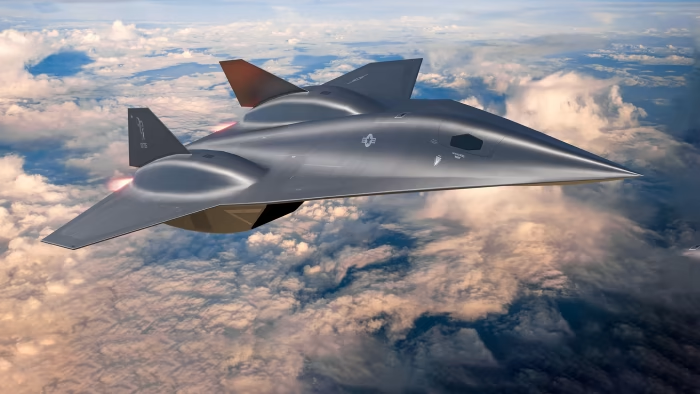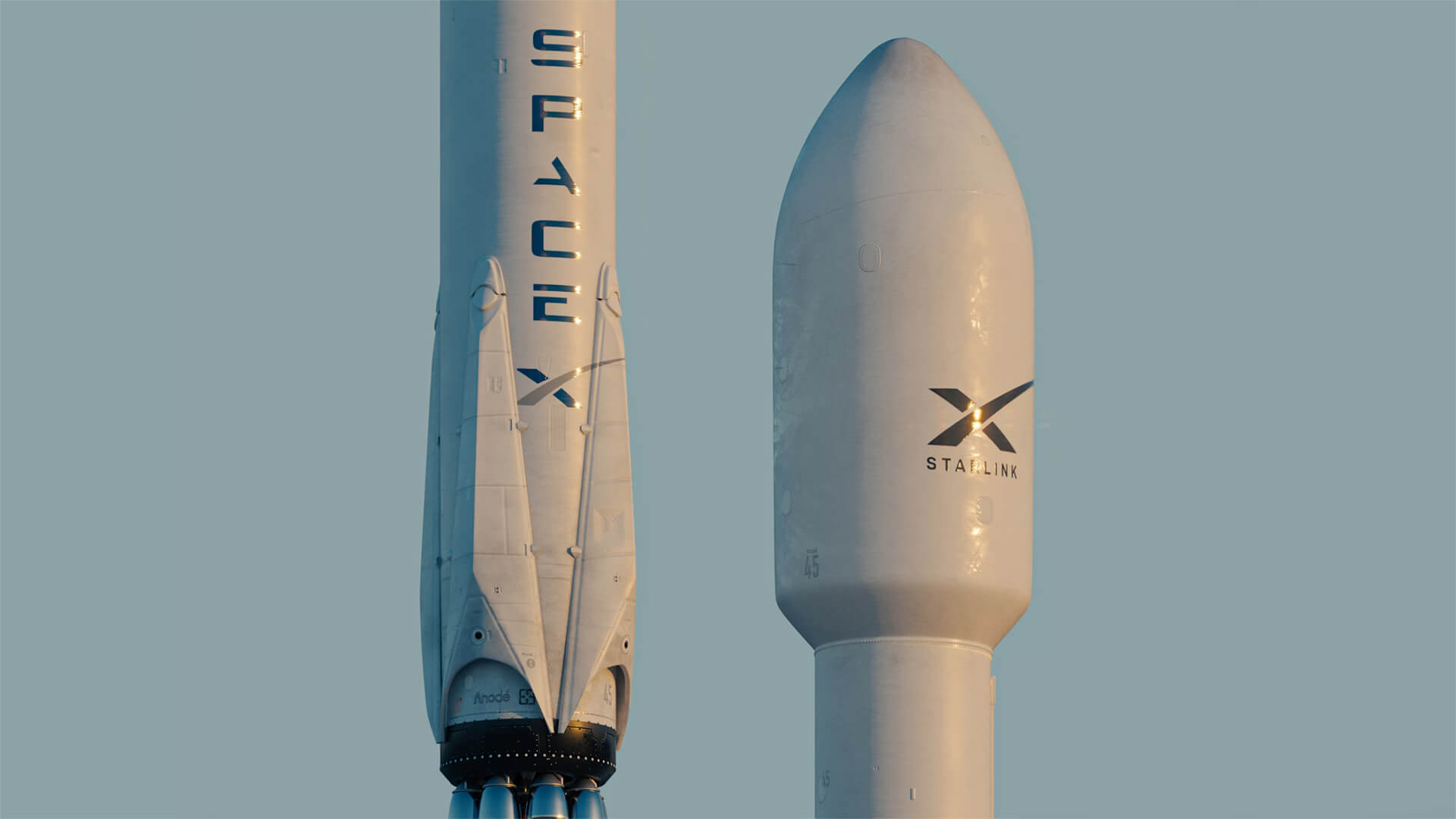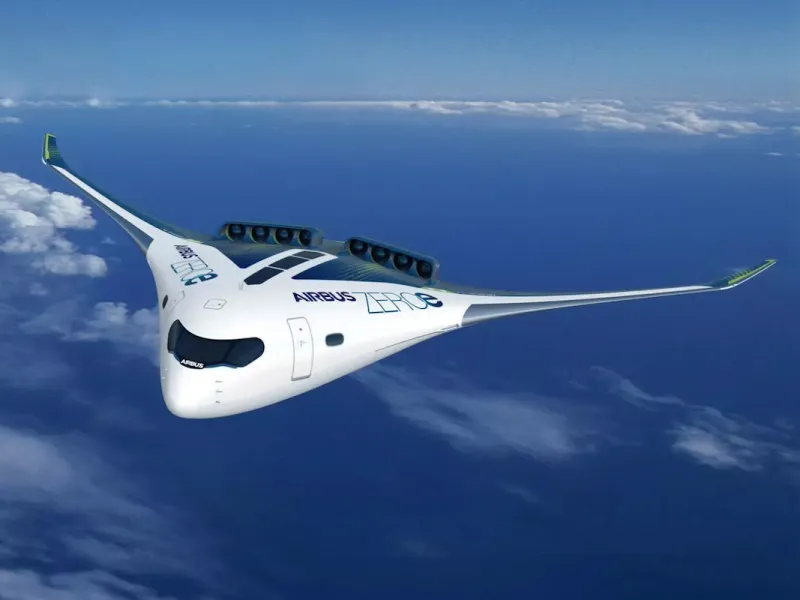Hypersonic flight—once the stuff of science fiction—is now at the forefront of global aerospace innovation. As defense giants, government agencies, and private startups race to develop aircraft that can travel at more than five times the speed of sound, we’re witnessing the rise of an entirely new era in aviation. Here’s how the future of flight is being reshaped—Mach by Mach.
What Is Hypersonic Flight and Why Does It Matter?
Hypersonic flight begins at speeds above Mach 5—that’s over 3,800 miles per hour. For reference, commercial airliners cruise at around Mach 0.85. Reaching hypersonic speeds allows aircraft and missiles to travel across continents in under an hour.
The potential applications are wide-ranging: defense, rapid global logistics, next-gen space planes, and even point-to-point human travel. But the technical challenges are immense, from intense heat loads to material limitations and precise control at blistering speeds.
This new “space race” isn’t just about speed—it’s about military advantage, national security, and the potential to revolutionize how we move people and cargo across the globe.
Many of today’s breakthroughs are rooted in Cold War-era research. The U.S. X-15 program in the 1960s reached Mach 6.7, but practical, reusable hypersonic flight has remained elusive—until now.
Global Players in the Hypersonic Race
United States
The U.S. has poured billions into hypersonic development, particularly for military applications. Two main categories dominate current programs: hypersonic glide vehicles (HGVs) and hypersonic cruise missiles.
The Hypersonic Air-breathing Weapon Concept (HAWC), developed by DARPA and Raytheon, completed successful tests in 2022. It uses a scramjet engine to reach high speeds while remaining air-breathing—key for maneuverability and efficiency.
Another major U.S. effort is the ARRW (Air-launched Rapid Response Weapon) by Lockheed Martin. Although still in testing, it represents a new generation of high-speed tactical weapons launched from aircraft.
NASA, meanwhile, is looking toward civilian applications. The X-59 Quiet Supersonic Transport, though not hypersonic, is laying the groundwork for high-speed passenger flight by testing quieter sonic boom technologies.
China
China has invested heavily in hypersonic weapons and is believed to have tested several hypersonic glide vehicles in recent years. In 2021, China reportedly launched a vehicle that orbited the Earth before descending and maneuvering at hypersonic speeds, surprising many Western defense analysts.
One of China’s key projects is the DF-ZF glide vehicle, which can allegedly reach speeds over Mach 10. It’s launched aboard a traditional ballistic missile before gliding back through the atmosphere at tremendous speeds.
China’s rapid pace has raised alarms in Washington, suggesting that the country may be ahead in certain hypersonic capabilities. The strategic implications of such systems are profound.
Russia
Russia has been equally aggressive, claiming to deploy the Avangard hypersonic glide vehicle operationally as early as 2019. President Putin described it as capable of maneuvering unpredictably while traveling at Mach 20.
The Kinzhal missile, an air-launched weapon with reported speeds up to Mach 10, has been used in combat situations during the Ukraine conflict—though some analysts question whether it qualifies as truly hypersonic or merely high-speed.
Whether all claims hold up technically is debated, but Russia’s focus is clear: to maintain strategic deterrence through speed, agility, and nuclear capability.
The Technologies Powering Hypersonics
Scramjet Engines
Scramjets (Supersonic Combustion Ramjets) are among the most promising technologies for sustained hypersonic flight. Unlike rockets, scramjets use atmospheric oxygen rather than carrying their own oxidizer, making them lighter and more efficient.
The challenge? Scramjets must compress and ignite air traveling into the engine at hypersonic speeds—a feat of precision physics and materials engineering.
The HAWC program in the U.S. is one of the most successful recent examples of scramjet use, showing that air-breathing hypersonic flight is viable beyond just theory.
Thermal Protection and Materials
Traveling at Mach 5+ means confronting extreme temperatures—the air friction alone can heat surfaces to over 3,000°F. That’s hotter than most metals can withstand.
To solve this, engineers use ablative materials, advanced ceramics, and carbon-carbon composites, similar to what was used on the Space Shuttle. Heat-resistant coatings and thermal control systems are essential to keep critical electronics and navigation systems safe.
Materials innovation is one of the biggest bottlenecks in scaling hypersonics for every day or repeated use.
Guidance and Navigation at Hypersonic Speeds
Precision matters. At hypersonic speeds, even the slightest deviation can cause a craft to veer miles off course. GPS alone isn’t enough—systems need inertial navigation, AI-driven corrections, and real-time data fusion from multiple sensors.
Additionally, maneuvering at Mach 5+ introduces huge aerodynamic forces, so flight control surfaces and software must adapt to rapidly changing conditions without human intervention.
Wind Tunnels and Testing Facilities
Simulating hypersonic conditions on Earth is difficult. Traditional wind tunnels can't sustain high enough speeds or temperatures for long durations.
Facilities like the AEDC Tunnel 9 in the U.S. or China’s JF-12 Hypervelocity Wind Tunnel are among the few capable of testing materials and vehicles at realistic hypersonic conditions. These sites are critical for validation before full-scale flight tests.
Flight testing itself is extremely expensive, which is why virtual simulations and scale models remain an essential part of development.
Can Hypersonics Go Commercial?
Future of Hypersonic Passenger Travel
Many believe hypersonic travel could one day transform long-haul flights. Imagine flying from New York to Tokyo in under two hours. Companies like Hermeus and Venus Aerospace are actively working on concepts for hypersonic passenger jets.
Hermeus, for example, is developing Quarterhorse, a Mach 5 aircraft built around a hybrid turbojet-scramjet engine. Backed by the U.S. Air Force, their long-term goal is a passenger aircraft that can shrink global travel times dramatically.
Barriers to Commercialization
Despite the promise, major hurdles remain. Hypersonic flight is loud and hot and consumes tremendous amounts of fuel. Engines must transition from conventional takeoff to hypersonic speeds safely and efficiently.
Cost is another barrier—both in R&D and ticket prices. It will take time before the economics of hypersonic flight make sense for more than military or VIP applications.
There’s also the issue of airspace regulation, environmental impact, and public safety. As history showed with the Concorde, speed alone doesn’t guarantee commercial viability.
Environmental and Political Implications
Hypersonics raise environmental questions due to fuel type, emissions at high altitudes, and potential sonic booms. Militarily, they challenge existing defense systems, since they’re harder to detect and intercept.
This could destabilize global strategic balances unless defensive technologies evolve in tandem with offensive capabilities. Many experts argue we’re entering a new era of arms competition.
But there’s also potential for peaceful applications—delivering urgent medical supplies across the globe in under an hour or launching spacecraft more efficiently from high-speed aircraft.
Conclusion
The global push toward hypersonic flight is more than a race for speed—it’s a convergence of cutting-edge engineering, strategic urgency, and bold vision. While challenges remain, the breakthroughs happening today could define the future of both defense and commercial aerospace.
We’re not just pushing past Mach 5. We’re redefining the boundaries of what’s possible in air and space travel.



